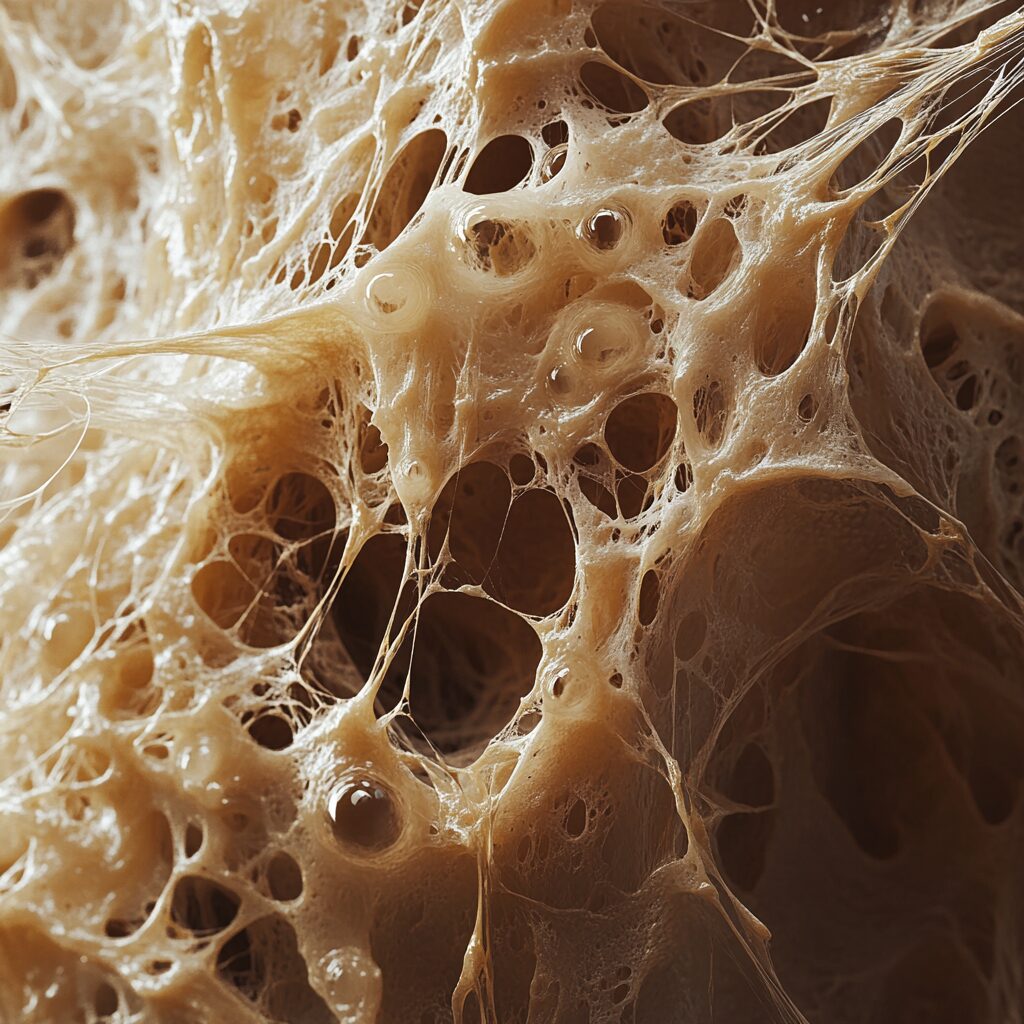
The most UNDERRATED longevity TOOL

Myofascial tissue is one of the most underrated yet fascinating structures in the human body. It’s like a living, dynamic support system—a 4D web that truly makes you marvel at the human body’s design.
What Is Myofascial or Fascia?
- Fascia is a continuous sheet of connective tissue that weaves through and surrounds every muscle, bone, organ, nerve, and blood vessel in your body. It’s not just a passive structure; it’s alive, responsive, and deeply connected to how we move, feel, and function.
- Imagine a stretchy, electric spiderweb that adapts to your movements, supports your posture, and even helps distribute force throughout your body.
The 4-Dimensional Magic of Fascia
- Physical Support: Fascia gives structure and shape to your body by holding everything in place while maintaining flexibility.
- Communication Network: Recent studies suggest fascia acts as a second nervous system, transmitting bioelectric signals and communicating with your brain about movement, tension, and pain.
- Hydration and Nutrition: It contains a gel-like substance that allows smooth gliding of tissues and helps transport nutrients to your muscles and organs.
- Movement and Elasticity: Fascia stores and releases energy, acting like springs in elastic movements, which is why proper mobility can enhance athletic performance.
- Healing and Adaptation: It’s constantly remodeling in response to stress, injuries, or how you move—essentially a built-in repair system.
Why Is It So Important?
- Injury Prevention: Healthy fascia ensures better alignment, which reduces the risk of injuries.
- Pain Management: Dysfunctional fascia can become stiff or tangled, leading to chronic pain, especially in the back, neck, or joints.
- Mobility: Free and hydrated fascia allows muscles to move fluidly, improving flexibility and reducing stiffness.
- Mind-Body Connection: Fascia is rich in sensory nerves, making it a key player in proprioception (your sense of body awareness) and emotional storage.
How to Care for Your Fascia
- Hydration: Fascia thrives on hydration. Drink water and consume water-rich foods to keep it supple.
- Stretching and Movement: Dynamic stretching, yoga, and Pilates help keep fascia flexible and prevent adhesions.
- Foam Rolling: Myofascial release techniques like foam rolling can break up knots and adhesions, promoting blood flow and elasticity.
- Regular Exercise: Movements like running, jumping, and resistance training promote healthy fascia by stimulating its spring-like properties.
- Massage and Therapy: Professional myofascial release or deep tissue massage can target stubborn areas for relief and alignment.
- Breathwork: Slow, intentional breathing reduces tension in the fascia, especially around the diaphragm and core.
The Electric Component: Bioelectricity
- Fascia conducts electrical impulses, playing a role in body-wide communication. Think of it as the wiring that connects the body’s “battery” (your nervous system) to your muscles and organs.
Practical Ways to Explore Fascia Today
- Try a Myofascial Release Routine: Spend 10 minutes foam rolling or using a ball on areas like the feet, quads, or back.
- Experiment with Slow Movements: Try Tai Chi or restorative yoga to feel how fascia supports your body as you move gently.
- Hydrate and Stretch: After a workout, focus on deep, sustained stretches while sipping on some water to refresh your fascia.
Get The Latest Updates
Subscribe To Our Weekly Newsletter
No spam, notifications only about new products, updates.
Share:
Facebook
Twitter
Pinterest
LinkedIn
More Love
Related Posts


a NOURISHING alternative to COFFEE
30 January 2025

BIOENERGETIC Hygiene
4 January 2025

Poetry Vol. 1
19 December 2024




